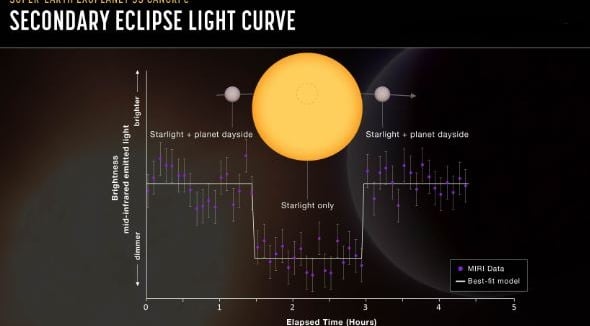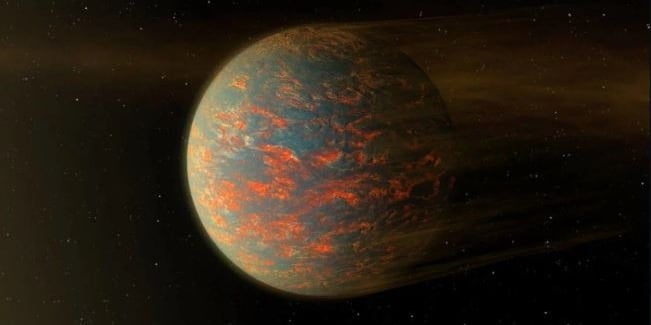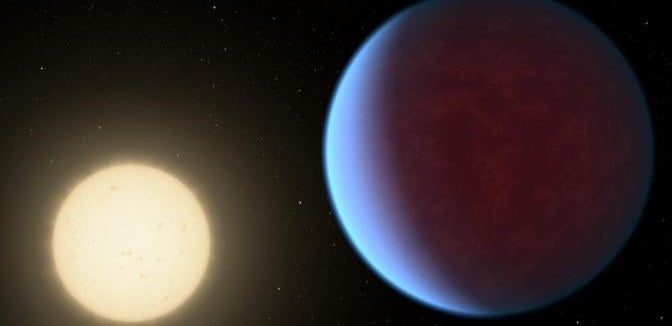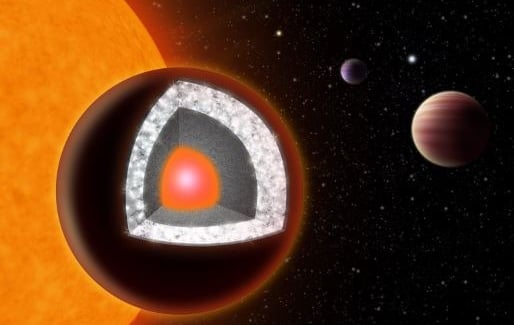Do You Know What Makes 55 Cancri One of the Most Mysterious Planetary Systems
#55Cancri, #DiamondPlanet, #Exoplanet, #SuperEarth, #SpaceExploration, #HabitableZone, #Astronomy, #JamesWebb, #AlienWorlds, #FutureOfSpace, #CosmicWonders, #SpaceScience, #Astrobiology, #Galaxy, #BinaryStar, #NASA, #Astrophysics, #PlanetsBeyond, #SpaceMysteries, #Universe
KNOWLEDGE & EDUCATION
7/26/20253 min read








Space continues to surprise us with strange and fascinating worlds beyond our solar system. Among them, the 55 Cancri system stands out as one of the most intriguing exoplanetary systems discovered so far. Located just 41 light-years away from Earth in the constellation Cancer, 55 Cancri is not just a single planet but a multi-planet system orbiting a Sun-like star. What’s most exciting? One of its planets might be rich in diamond-like carbon, earning it the nickname "diamond planet."
1. What is 55 Cancri?
a) The Star
55 Cancri A is a G-type main-sequence star—very similar to our Sun.
It has a companion: 55 Cancri B, a faint red dwarf star, forming a binary star system.
Located around 41 light-years from Earth, it's visible through amateur telescopes.
b) The System
55 Cancri A has five confirmed planets (designated b, c, d, e, and f).
These planets vary in size, orbit, and composition, offering a cosmic laboratory for scientists.
2. The Diamond Planet — 55 Cancri e
Among all the planets in the system, 55 Cancri e is the most famous.
Why it stands out:
It's a super-Earth (about 8 times Earth's mass and twice its size).
It orbits extremely close to its star — just 0.015 AU, completing a year in 18 hours.
Surface temperatures may exceed 2,000°C (3,600°F).
It likely has a carbon-rich composition.
The diamond theory:
Based on its high carbon-to-oxygen ratio, scientists theorized that its interior might be rich in diamond, making it potentially a planet of precious gems.
However, recent studies suggest volcanic activity and carbon dioxide dominate instead.
Still, it remains one of the most peculiar and extreme exoplanets discovered.
3. Other Planets in the System
a) 55 Cancri b
A gas giant roughly similar to Jupiter.
It orbits closer to the star than Mercury does to the Sun.
b) 55 Cancri c
Another gas giant with an elliptical orbit.
Thought to have a ring system like Saturn.
c) 55 Cancri d
A massive planet, possibly a brown dwarf if its mass is higher than expected.
Orbits farthest from the star, taking over 14 Earth years to complete a single orbit.
d) 55 Cancri f
Lies within the habitable zone where liquid water might exist.
This makes it a strong candidate for potential habitability.
4. The Importance of the 55 Cancri System
The system is one of the first multi-planet systems discovered and studied in great detail.
It offers:
A chance to understand planet formation in systems unlike our own.
Insight into super-Earths, a type of planet not found in our solar system.
Opportunities to search for biosignatures or signs of alien life.
The diversity of planets, especially with extreme environments, provides a comparative model to understand Earth's uniqueness.
5. How Do We Study 55 Cancri?
Scientists use:
Transit method: Observing tiny dips in starlight as a planet crosses in front.
Radial velocity method: Measuring the wobble in the star’s motion due to gravitational tugging.
Space telescopes like Spitzer, Hubble, and now James Webb Space Telescope (JWST) provide more accurate data on composition and atmosphere.
6. What the Future Holds
Upcoming missions and telescopes may help us:
Determine the exact atmospheric composition of 55 Cancri e.
Find out whether habitable conditions exist on planet f.
Observe tectonic or volcanic activity on super-Earths.
With AI, improved sensors, and spectroscopy, our ability to explore such faraway systems is growing rapidly.
Conclusion
The 55 Cancri system is a stellar example of how diverse and exotic the universe really is. From the possibility of diamond-rich interiors to habitable worlds in the Goldilocks zone, it gives us hope and direction for exploring alien worlds. As telescopes get stronger and our curiosity never ceases, the secrets of 55 Cancri might one day answer humanity’s oldest question: Are we alone in the universe?
Knowledge
Empowering minds with reliable educational content daily.
Newsletter Signup
© 2025 DoYouKnow. All rights reserved.
Stay Ahead of the Trends – Join Our Newsletter
